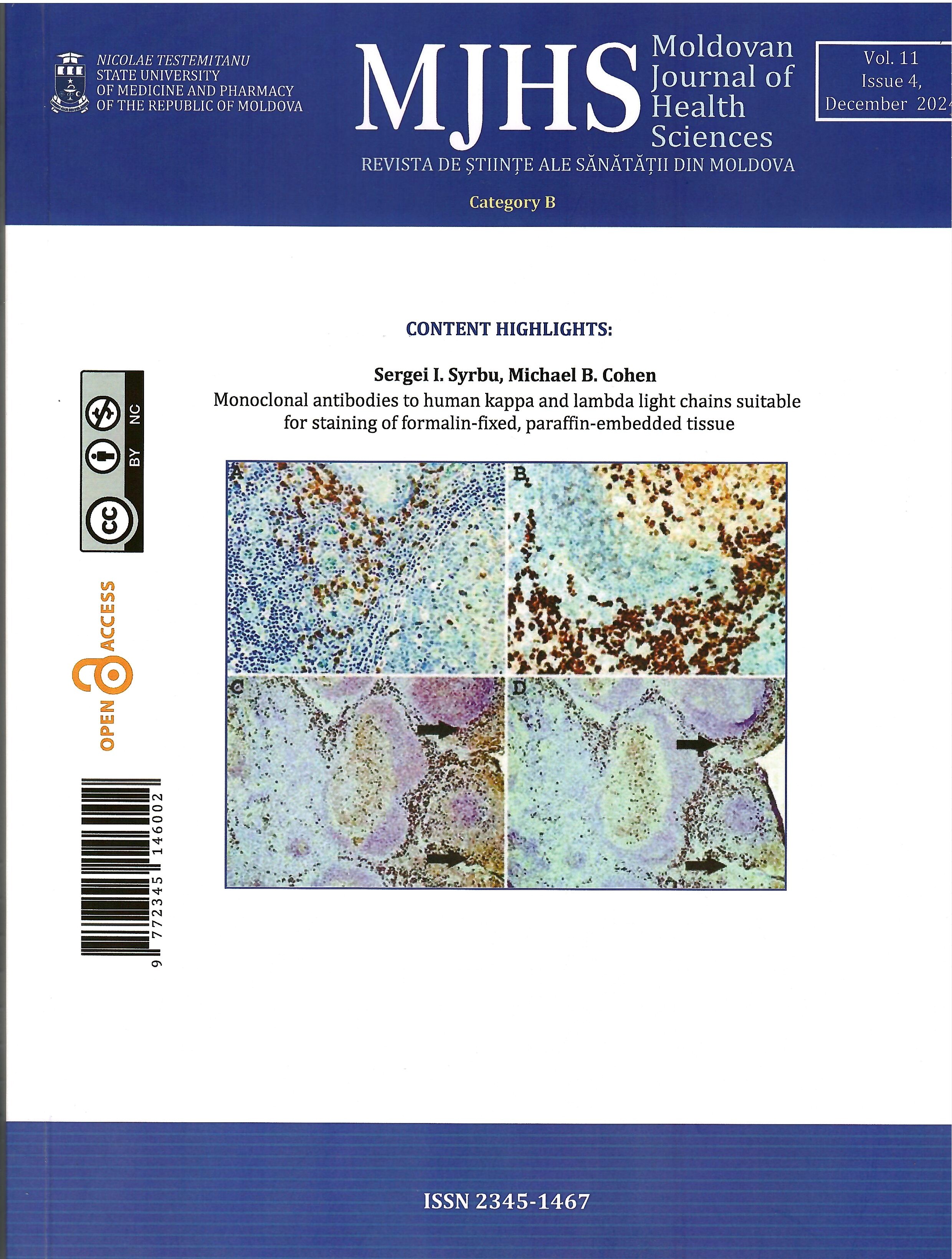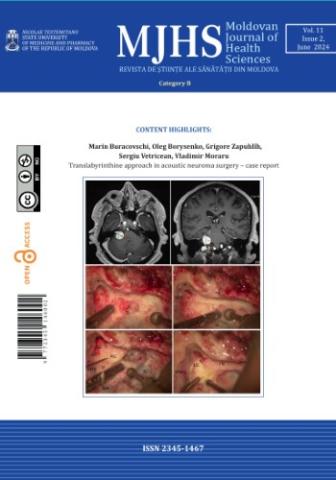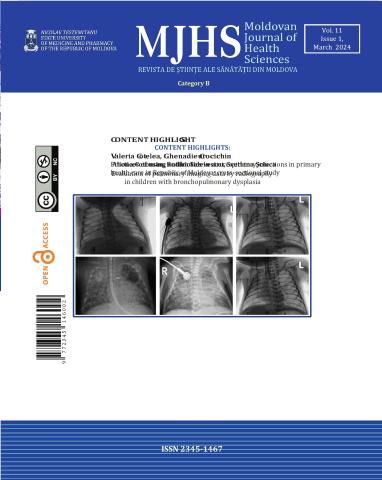The hallmark of most B-cell neoplasia is proliferation of B-cells and clonal rearrangement of the immunoglobulin gene, which is lambda or kappa light chain restricted. Since fresh tissue is not always available to determine clonality, immunohistochemical (IHC) staining for kappa and lambda light chains is often performed on formalin-fixed, paraffin-embedded (FFPE) tissue. Commercially available polyclonal antibodies typically produce high background staining and have a significant false negative rate, which makes it difficult to prove clonality. We developed a series of monoclonal antibodies to human kappa and lambda light chain constant regions by immunizing mice with purified kappa and lambda immunoglobulin light chains.

Current issue
Volum
11.
Issue
4
December, 2024
most recent article
Unusual presentation of MALT lymphoma. A case report
MALT lymphoma is the most common type of extranodal non-Hodgkin lymphoma. In two-thirds of cases, it originates in the stomach and is strongly associated with Helicobacter pylori infection. It presents a complex clinical picture, that can resemble multiple conditions, and typically follows a benign course
Articole recente
Umbilical cord pathology can contribute to neonatal asphyxia, stillbirth, and postnatal death in numerous cases. However, the diagnosis of umbilical cord pathology remains imperfect, and its impact on pregnancy course and outcome is often underestimated. Therefore, prenatal diagnosis of umbilical cord pathology is becoming increasingly important in preventing intra- and postnatal morbidity and mortality. Early detection of these abnormalities enables the development of necessary strategies for optimal pregnancy and delivery management
The Coronavirus Disease 2019 (COVID-19) pandemic presented a significant challenge for global society, leaving a profound impact across the board. Although COVID-19 cases are still reported, they are no longer at previously high levels. One of the key tools in combating the pandemic was Artificial Intelligence (AI), which played a vital and advancing role throughout the pandemic. AI contributed significantly to the gradual reduction in COVID-19 cases. Effective coordination of the pandemic response, timely management, and the integration of AI into the medical system were crucial factors in achieving success.
The objective of this study was to conduct a bibliographic analysis of current data regarding the impact of parasitic infestations on immune status and the progression of osteoarticular diseases within the context of parasitic infections
Hepatic amyloidosis is characterized by the deposition of fibrillar amyloid proteins, which result from light chain amyloidosis (AL) immunoglobulin fragments, in the extracellular space and the vessel walls of the liver. A case of primary hepatic amyloidosis without evidence of a primary or secondary cause of amyloid deposition is rare. This case was unique to the Republic of Moldova, presenting a diagnostic and therapeutic challenge for clinicians. Because the liver is rarely affected, this pathology remains underdiagnosed and is associated with a reserved prognosis.













